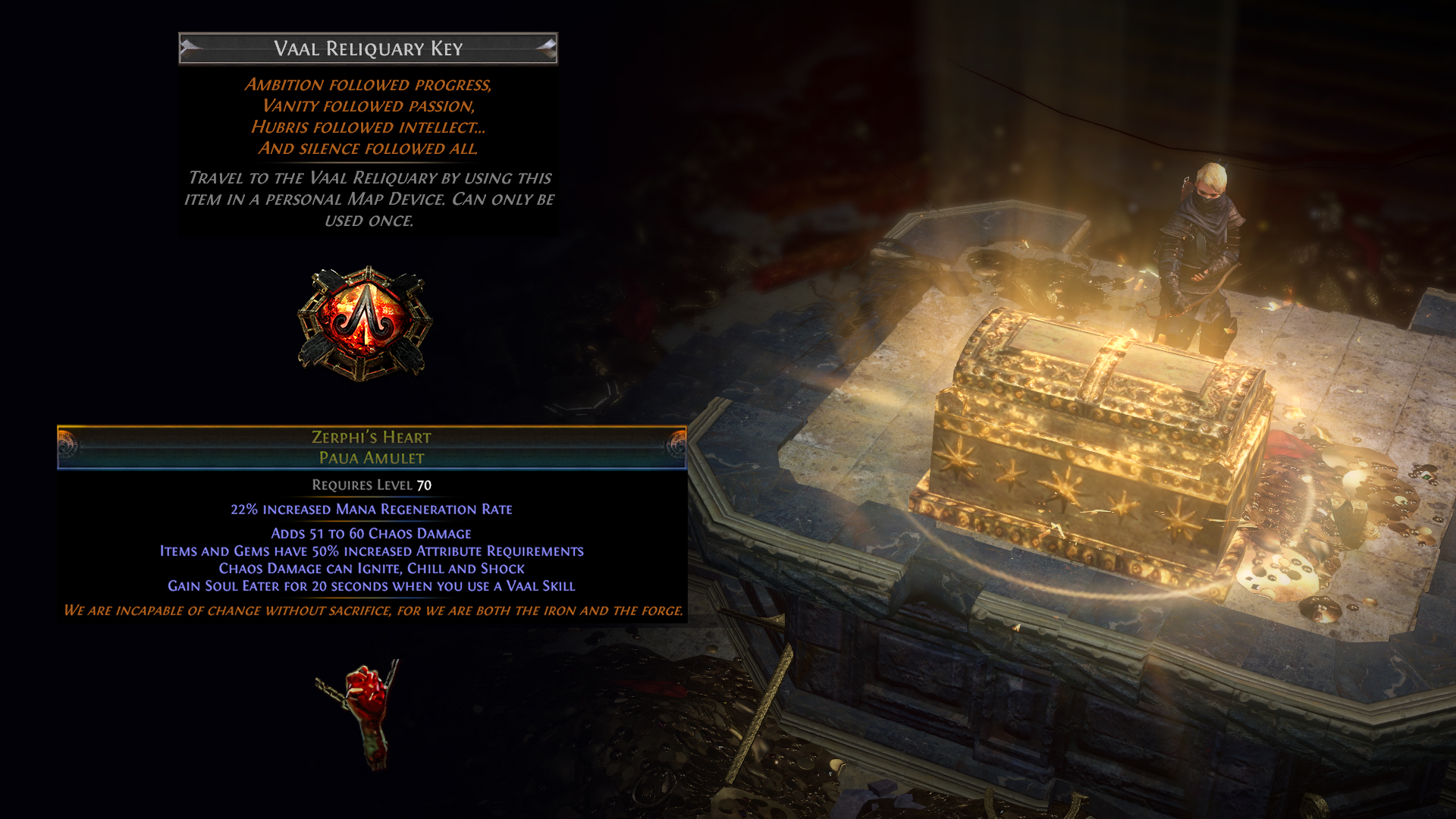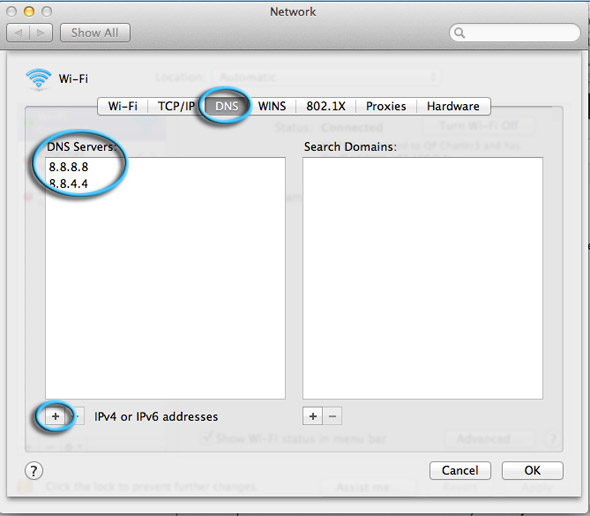The Reliquary Mac OS
Steam Workshop: Sid Meier's Civilization V. Although there is a subcribe all button for this collection, it is not guaranteed that all the mods work together. Mods that can not be installed from steam: Events & Decisions Enhanced User Inte.
- Find Out Which MacOS Your Mac Is Using - Apple Support
- The Reliquary Calls Wow
- MacOS Version History - Wikipedia
Explore the world of Mac. Check out MacBook Pro, MacBook Air, iMac, Mac mini, and more. Visit the Apple site to learn, buy, and get support. McAvoy's plot moves at a steady clip, with enough thrills and turns to keep the reader's attention. The puzzle of the reliquary gets quickly resolved, but when a man bent on revenge against Father Dominic steals the artifact and traps the cavers, thinking he's sealed their fate, McAvoy launches readers into a wild ride of action, intrigue, and biblical secrets. The Unarchiver is a small and easy to use program that can unarchive many different kinds of archive files. It will open common formats such as Zip, RAR (including v5), 7-zip, Tar, Gzip and Bzip2. It will also open many older formats, such as StuffIt, DiskDoubler, LZH, ARJ and ARC. It will even open.
The Walters Art Museum, Baltimore
Select the image to zoom
Contact relics of Christ, such as pieces of his shroud or the wood of the True Cross, were among the most precious of medieval possessions. Many relics in this important category, including the Crown of Thorns, were brought to Paris from Constantinople by Louis IX in the thirteenth century. Thorns from the Crown began to circulate in Europe thereafter as important gifts. According to an inscription on the base, this reliquary was commissioned by John Volek (1334–51), the bishop of Olmütz in Moravia to house the Holy Thorn. Probably he received the relic as part of the estate of his half-sister, Elisabeth Premysl, mother of Emperor Charles IV. The coats of arms of Moravia, Bohemia, and Olmütz are on the base, indicating that the reliquary was probably intended as a gift to Charles IV. As Charles reigned over both Bohemia and Moravia only from 1347 to 1349, the piece must date to this time.

Charles IV was an avid collector of relics, and he owned two more thorns from Christ's Crown gifted to him by Charles, the dauphin of France. The image of the Man of Sorrows is a distillation of the events of Christ's Passion. Christ contemplates with sorrow the instruments of his suffering: the Cross and hammer, whips, nails, the column of the Flagellation, and the dice thrown by the soldiers for his garments. The gabled container held by an angel once housed the thorn, while the hinged cross and column probably held pieces of the relic of the True Cross and the column against which Christ was whipped. The theatrical staging of the composition contributes to the devotional aspect of this reliquary, which was intended to help the viewer visualize and experience the Passion of Christ. The Walters' Man of Sorrows is one of the few surviving pieces that attest to the sophistication of Bohemian goldsmiths working for the emperor.
Since the release of System 1 in January 1984, Apple has played an integral role in designing and implementing the graphical user interface (GUI) as we know it.
With the announcement of OS X Mountain Lion this week, Apple is continuing the process it started with Lion by streamlining the connection between the Mac and iOS.
We wanted to take a look at some of the biggest changes in the history of the Mac Operating System over the last 28 years. Looking back, I can't help but be struck by how many elements of the original Macintosh OS are still there more than 30 years after the project started taking shape.
Find Out Which MacOS Your Mac Is Using - Apple Support
It's a testament to the work of Bill Atkinson, Andy Hertzfeld, Bud Tribble and the other members of the original Macintosh team that so many aspects from System 1 have become integral to personal computing as we know it today.
The Reliquary Calls Wow
There are a few phases in the evolution of the Mac OS that are of particular note. System 7 was the longest-running release for Apple (until OS X); it shipped with all Macintosh machines from 1991 to 1997. If you're in your mid-to-late 20s and used a Mac in elementary or middle school, chances are it was running some iteration of System 7.
One of the many challenges Apple faced in the 1990s was figuring out a new operating system strategy. As revolutionary as the original Mac OS work was, by 1994 it was starting to look stagnant and stale. This was especially true after the first release of Windows NT in 1993, which cemented Microsoft's place in the corporate and enterprise space.
After the Copland project was cancelled in 1996, Apple was left to search for an operating system it could acquire. That led to the purchase of NeXT and its NeXTSTEP operating system.
MacOS Version History - Wikipedia

Not only would NeXT technology serve as the foundation for the future of Apple as it is known today (OS X and iOS are direct descendants of NeXTSTEP), it was responsible for bringing Steve Jobs back to Apple.
It would end up taking ten years from the beginning of the search for a next-generation Mac OS. But the hunt finally reached its quarry with the release of Mac OS X in 2001. But it would take until Mac OS X 10.2 (Jaguar) before the system was really able to hold its own.
Over the last decade, OS X has evolved into a powerful desktop and server platform — while also serving as the core for iOS. With OS X Mountain Lion, Apple is bringing more of the elements and features of its mobile OS to the desktop.
Vintage computer fans who want to take a look at more screenshots of classic Mac OS versions should check out Marcin Wichary's GUIdebook Gallery and Nathan Lineback's collection of GUI history.
Gallery created by Chelsea Stark